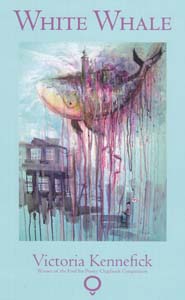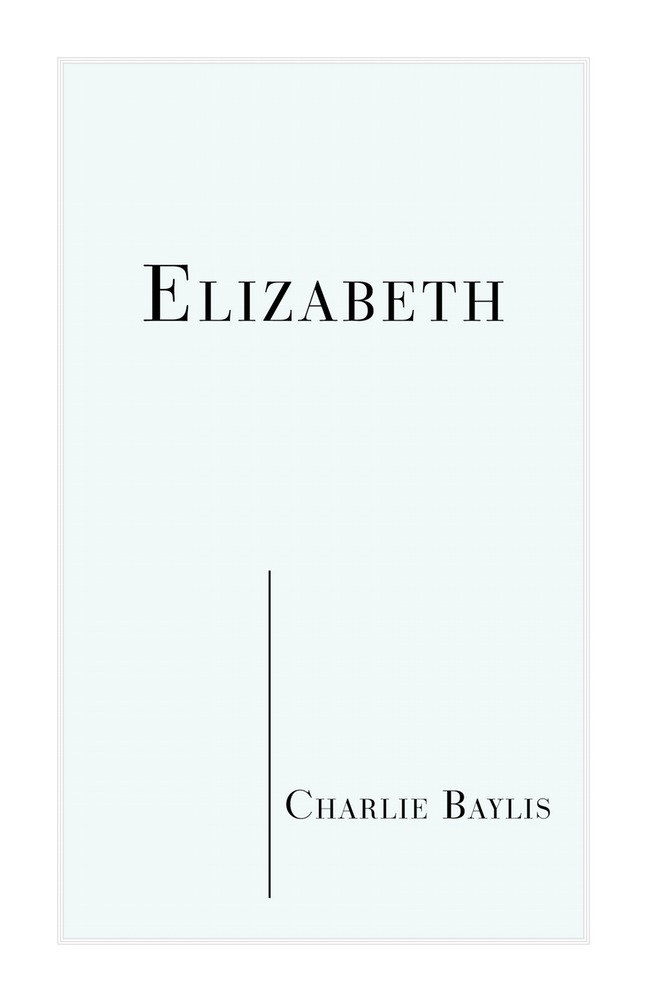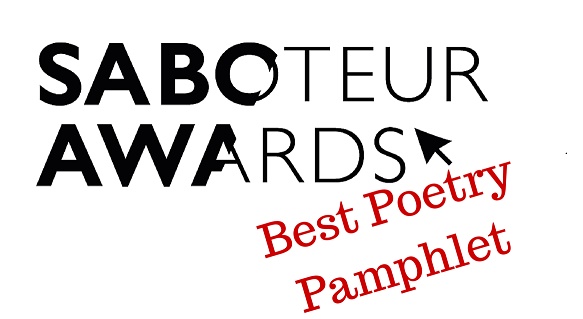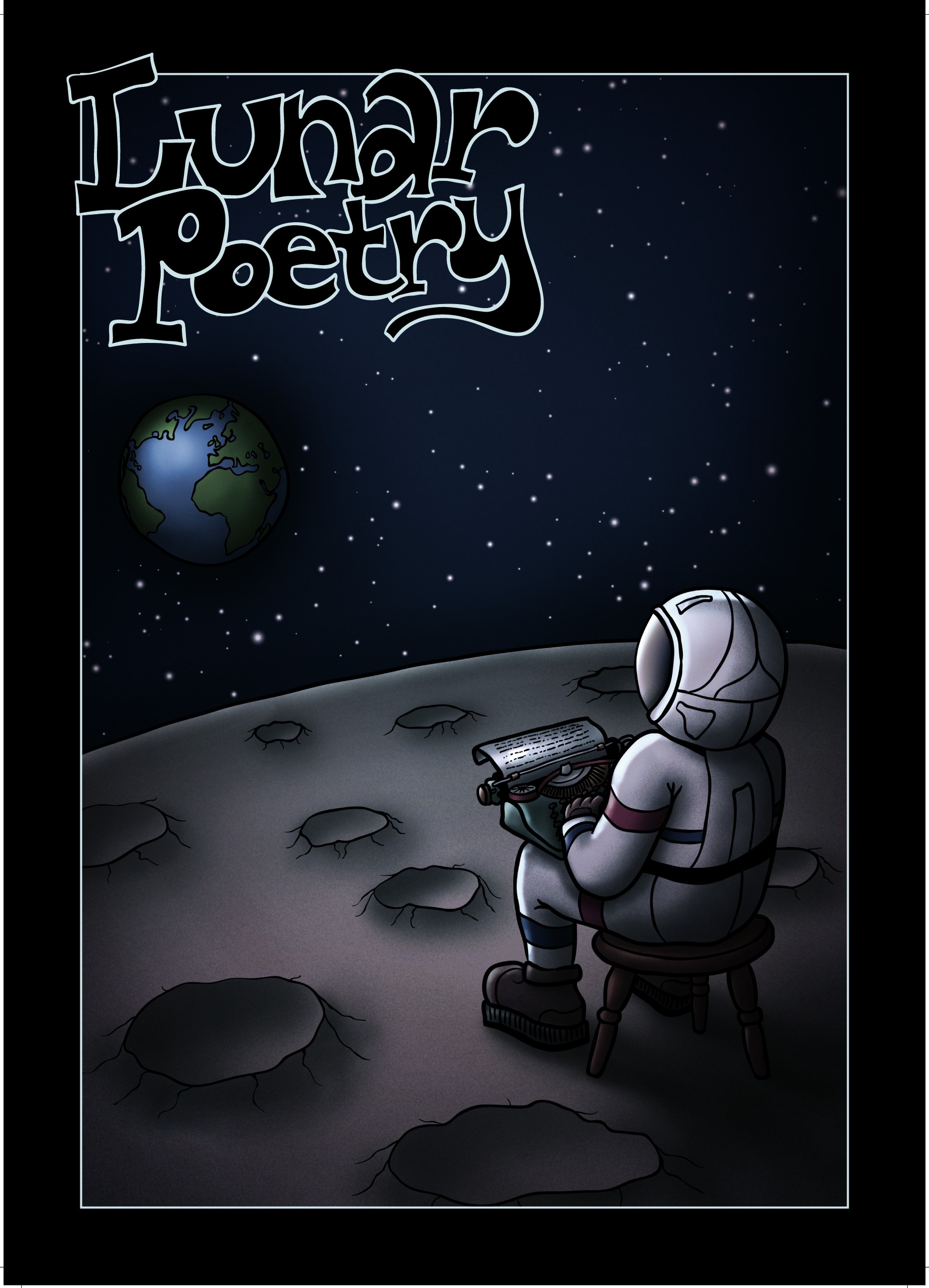White Whale by Victoria Kennefick
– Reviewed by David Clarke –
White Whale is Irish poet Victoria Kennefick’s first chapbook, winner of the Fool for Poetry Chapbook prize (2014). It is easy to see why this work attracted the judges’ attention. In twenty poems, Kennefick returns again and again to the sea and the image of Moby-Dick, the object of Captain Ahab’s ultimately self-destructive quest. However, it is testament to the dynamism of Kennefick’s transformative imagery that this semi-mythical creature takes on a series of interlinked functions across the poems: he cannot be simply pinned down to one meaning. In the opening poem, a whale’s beached body becomes the body of the narrator’s mother:
The weight of her past made flesh on her hips,
the scars of our arrivals barely healed after all this time,
my blind hands all over the body.
In ‘Moby-Dick’, by contrast, the whale features in prints once purchased with a former lover, which now hang on the walls of the flat he shares with a new girlfriend. Here as elsewhere in the chapbook, Kennefick has a knack for sharpening the poem’s focus on a single, apparently mundane visual detail, before infusing that observation with a kind of mythical resonance. So the narrator’s coat lying on her former lover’s bed becomes the whale of the pictures, but also an image of the lost desire of their relationship:
my coat lies on your crisp white sheets.
I watch it from the living-room
beached upon that ivory
as I sip weak tea.
A similar approach is evident in poems like ‘Haruspex’, in which a dead calf’s carcass floating down a river crystallises an unspoken unease between two observers, bringing to mind ancient techniques of prophesy. In ‘Iron Dragon’, a small girl becomes fascinated by the holes in her mother’s steam-iron (‘like buds for tasting’), but then burns herself, leaving one small patch of ‘dragon skin’, as if she were a kind of Siegfried in negative. Like the child’s exploration of the whale’s body in the opening poem, these are works about the ambiguity of knowledge and the experience which leads to it: We may not like what we are about to find out, the poems seem to say, but that danger is precisely the pull the secret holds over us. At times, such knowledge seems to wriggle uncannily under the surface of things, as in ‘…But One Can Never Be Sure Whether It’s Good Poetry or Bad Acid’. A tense encounter with an American man in his room ends inconclusively with a disturbing walk home alone:
I walk home too late in weird-warm rain.
Worms squirm around my head & on the tarmac –
squashy and subdued, fingers without bones.
Water, as rain or the ocean, permeates the collection, whether as metaphor for desire (as in ‘Stop Your Learning, Come Dance with Me in the Rain’), or as symbol of the unfathomable depths of the adult world witnessed by the child in ‘Ballycotton Pier’, who by supper-time identifies with the fish caught with her father earlier in the day:
The hook in my heart judders, all at sea,
we both carry it, piercing,
into ever deeper water.
The persona emerging from these poems is both vulnerable and defiant, ironically refusing to apologise while apparently apologising for selfishness (‘Apology’), angrily killing moths like ‘memories of saying stupid things at parties’ (‘Flutter’). But these poems do not offer unprocessed raw feeling. As straight-talking as they are artful, they take the reader on journeys whose outcomes are not easily resolved. The view they offer on family relationships, love and growing up is slant and refreshing, Kennefick clearly unafraid of pushing out into murkier waters.
A word should also be said about the presentation: while many chapbooks or (as we say in the UK) pamphlets are tiny, minimalistically designed booklets, Southword Editions have pulled out all the stops with something which feels satisfyingly like a slim journal (the pages are 8×10 inches), with large, elegant type and a full-colour cover. Such high production standards can only add to our reading pleasure.





